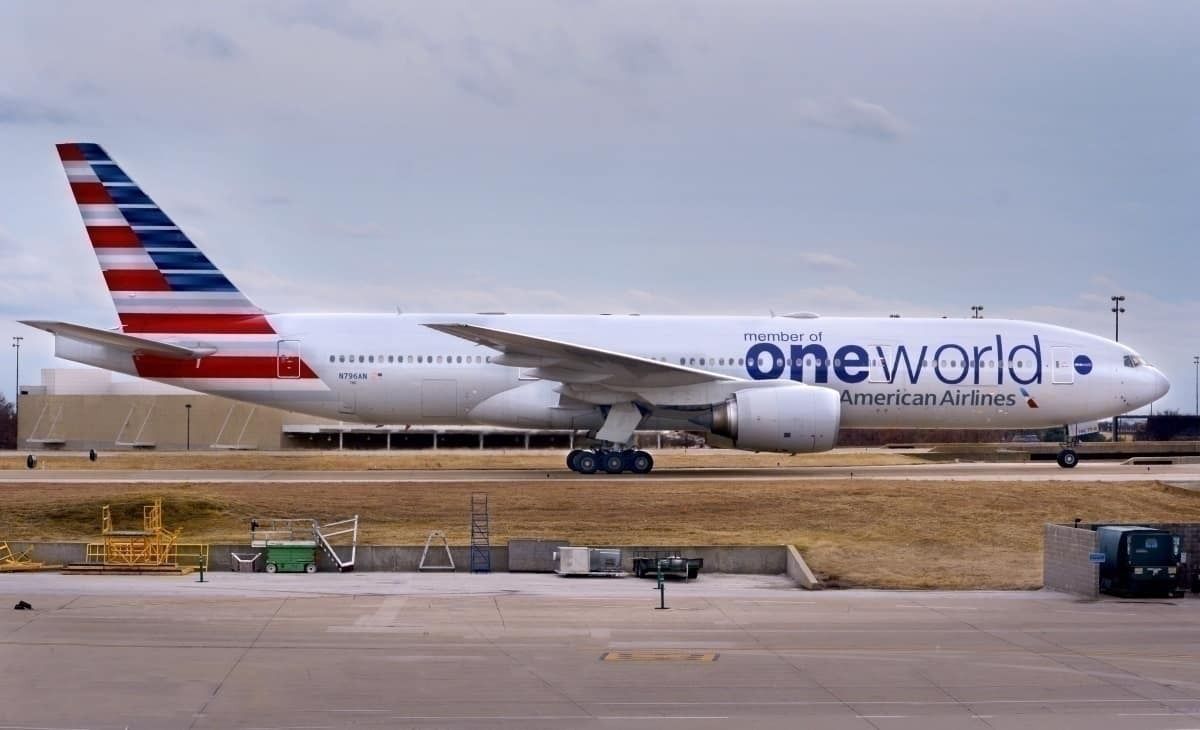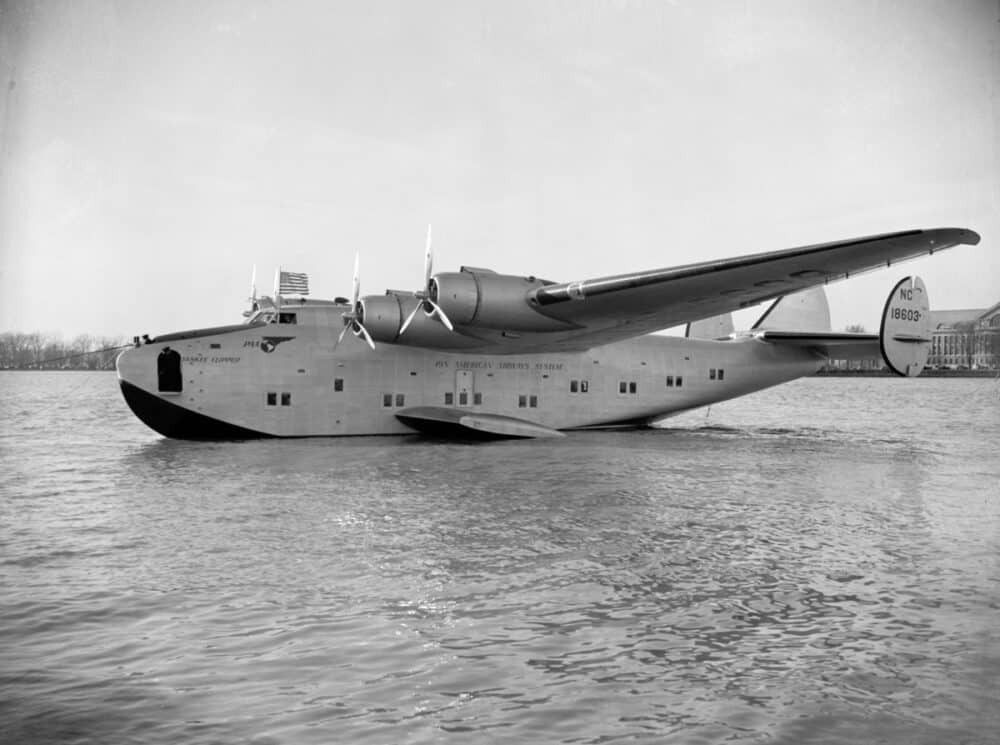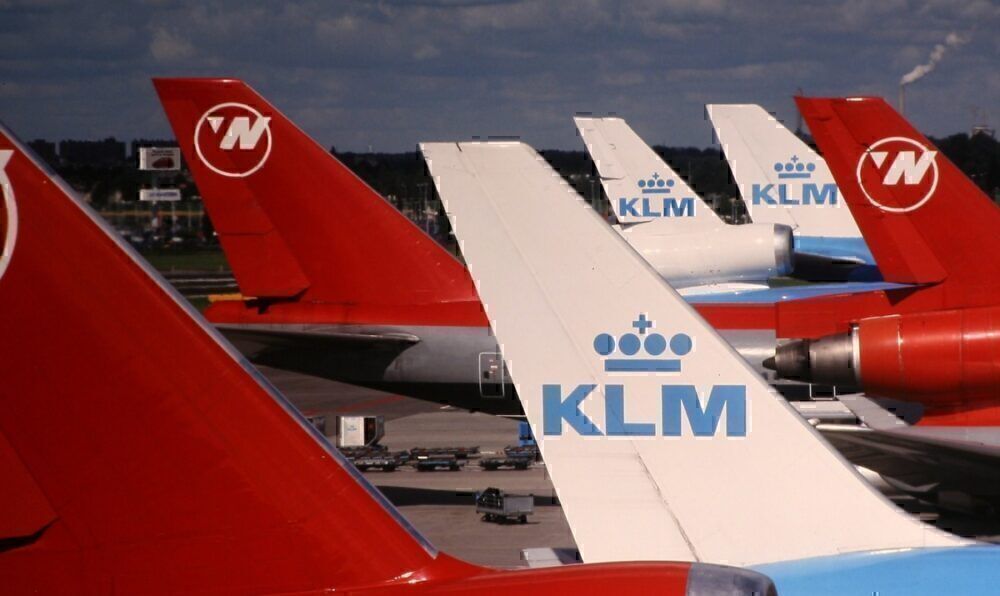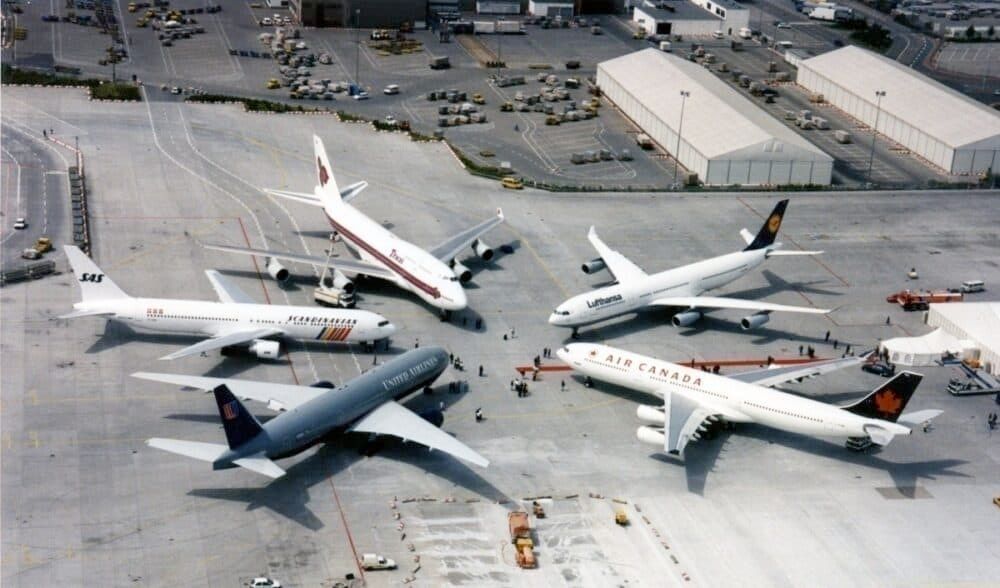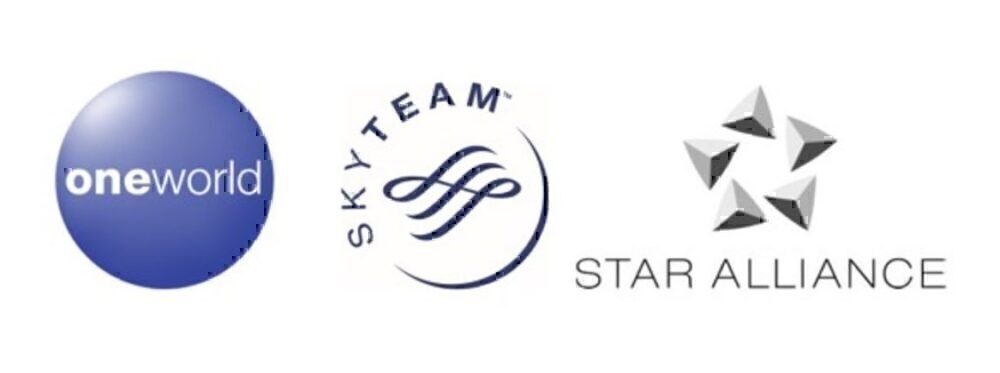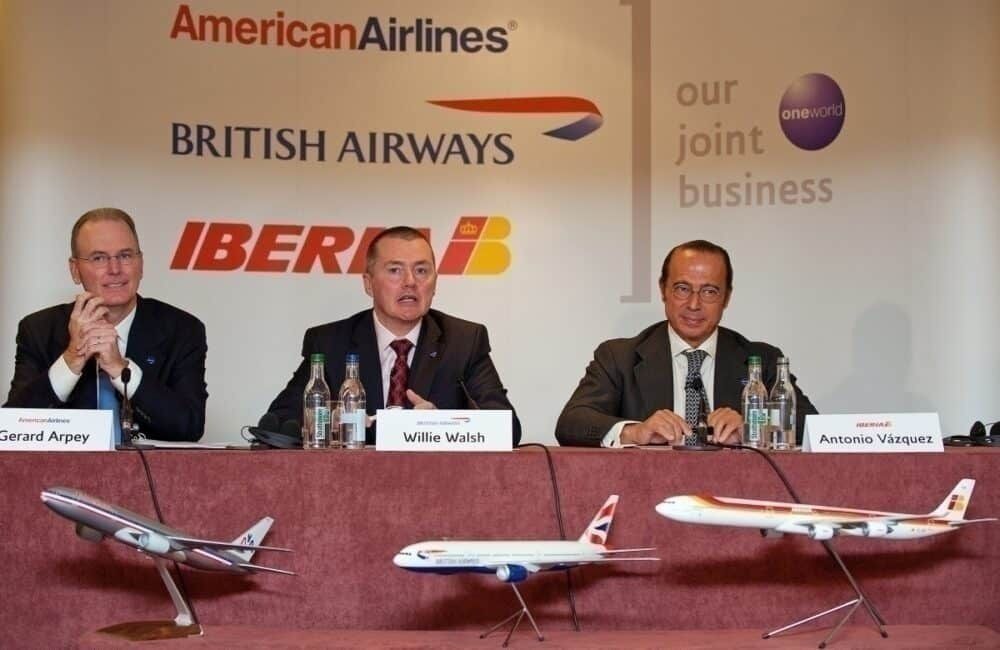We all know and use the three main airline alliances today - Star Alliance, oneworld, and SkyTeam. These have been in place for over 20 years and have grown to include most major airlines (though there are some exceptions), and offer well-defined benefits to passengers. However, going back to the early days, how and why did these alliances start? This article takes a look.
First airline cooperations
In the early days of aviation, there was little cooperation between airlines. Most operated independently, marketing their own routes and operating their own flights. This allowed airlines to concentrate on their own brands, routes, and service offerings, but of course, left many airlines very limited in the destinations they could serve. And passengers would have to deal with several airlines to travel longer distances.
Some of the first cooperation came in the 1930s and 1940s, between Panair do Brasil (one of Latin America’s largest airlines before its closure in 1965) and its parent company Pan American World Airways (Pan Am). The two airlines cooperated on routes, selling flights operated by each other, in what was probably the first (small scale) airline alliance.
This cooperation decreased after Pan Am reduced its stake in Panair in the 1940s. Interestingly, Panair again cooperated with other airlines in the 1960s, working with Aerolineas Argentinas and Lufthansa to market more services in the face of growing competition.
Another close cooperation started in 1989, with Northwest Airlines and KLM beginning significant code-sharing on transatlantic flights. This agreement offered unrestricted landing rights and reciprocal frequent-flier benefits for passengers. Despite interest from other airlines, though, this did not develop into an alliance with any further members and ended when the SkyTeam Alliance gained ground.
Forming global alliances
The first significant airline alliance was launched in 1997. Five airlines (United Airlines, Air Canada, Scandinavian Airlines, Lufthansa, and Thai Airways) joined together to formally launch Star Alliance, its five-point star logo representing these founding airlines. This has since expanded to be the largest alliance (by both the number of airlines and passenger volume) with 26 member airlines.
The oneworld Alliance came next in 1999 with founding members American Airlines, British Airways, Canadian Airlines, Cathay Pacific, and Qantas. And SkyTeam was the last to be formed, in 2000, by Delta Air Lines, Aeroméxico, Air France, and Korean Air.
While most of the larger, legacy airlines participate in alliances, there are notable exceptions. Two of the largest Middle Eastern airlines, Emirates and Etihad, are not alliance members. And in Europe, Virgin Atlantic stands out for going solo. Some of these airlines have formed close partnerships with other airlines, but not as formalized as alliance memberships.
There is, in fact, one alliance of low-cost airlines in Asia, the Value Alliance. This offers basic connection guarantees between six airlines, but no frequent flyer benefits.
For a full discussion of the current alliances, their background, and benefits, see our guide.
What benefits do alliances bring?
The original motivation and benefits of alliances, seen even with the pre-alliance cooperations, was based on route sharing. This would allow airlines to market additional routes to their own, without having to operate all routes themselves. Closer cooperation makes ticketing, baggage handling, and other processes simpler as well.
These original benefits have remained the foundation of alliances, with benefits, of course expanding as alliances have grown internationally.
There are also advantages for passengers. As well as having the conveniences of simpler ticketing for routes, and simple (and safer) connections between flights, passengers also usually enjoy reciprocal frequent-flier benefits across all airlines in an alliance. This may not have been such a big motivation before the three main alliances. But as frequent flier programs have expanded, this has been an important way for airlines to attract and retain loyal customers.
Do alliances always work?
For airlines, one of the main benefits of alliances is the ability to offer combined ticketing with other airlines. The hope here, of course, is to increase revenues. While the fares offering through cooperation may be lower than the non-cooperative fares, volumes should be higher through joint networks and marketing.
An interesting academic study on airline alliances, published in the Journal of Transport Economics and Policy in 2007, though suggests this may not always be the case. The authors argue that the lower airfares place pressure on competing airlines (in a different alliance or independent), and the result is a less lucrative market overall.
It’s just one study, but interesting reading and food for thought when considering alliance benefits.
Would you like to share any thoughts on airline alliances? Do you think we will see any changes to how they work in the coming years? Let us know your thoughts in the comments.

